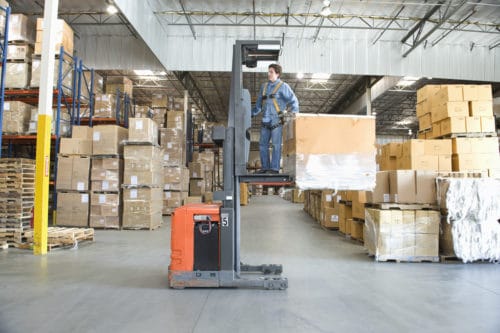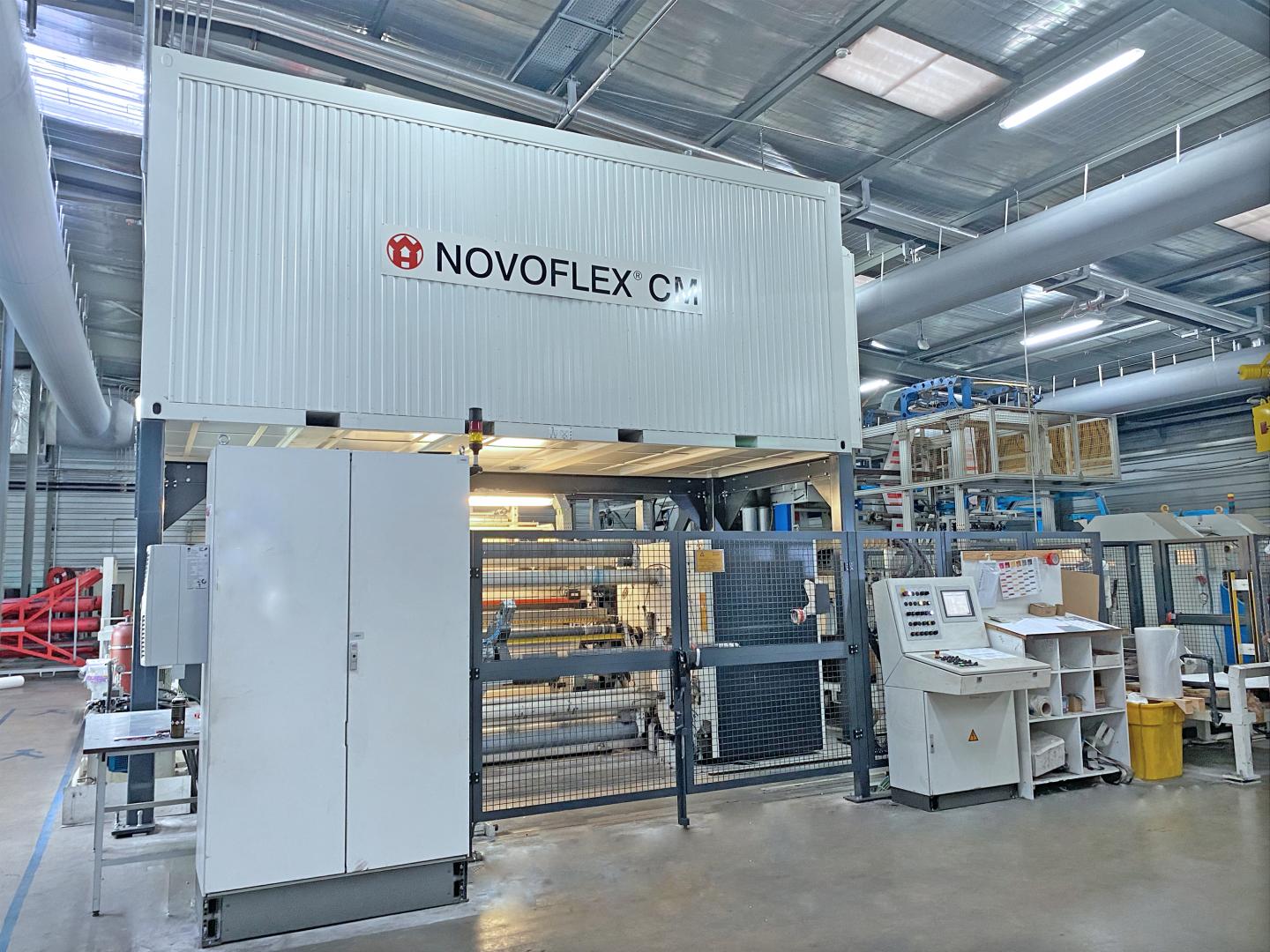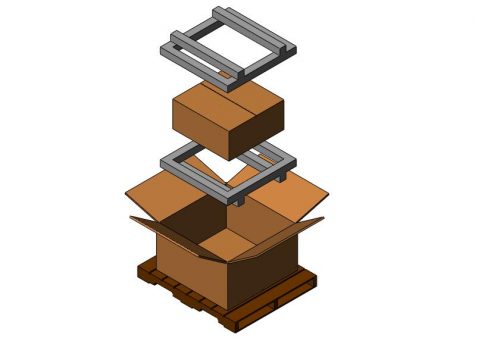Quality in Every Mold And Mildew: Plastic Container Manufacturer Proficiency
Wiki Article
Reliable Industrial Recycling Solutions for Sustainable Product Packaging: A Comprehensive Overview
In today's significantly environmentally-conscious world, the demand for lasting product packaging remedies has actually never been higher. To satisfy this demand, businesses across markets are proactively seeking effective commercial recycling options. Browsing the complicated landscape of lasting packaging can be testing without a comprehensive guide. That's where this comprehensive overview on efficient commercial recycling solutions for sustainable packaging is available in. By discovering key areas such as packaging product selection, making for recyclability, carrying out recycling framework, working together with recycling companions, and monitoring and determining reusing success, this guide will certainly equip you with the expertise and devices essential to make enlightened choices and drive favorable modification within your organization. Whether you're a product packaging specialist, sustainability supervisor, or simply interested in the subject, this overview will give valuable insights and strategies to aid you navigate the world of lasting product packaging.Product Packaging Material Choice
The choice of product packaging materials plays an important role in guaranteeing the sustainability of commercial recycling remedies. When it concerns sustainable packaging, the choice of materials is type in lessening environmental impact and maximizing recycling effectiveness. Selecting the best products can help in reducing waste generation, save sources, and advertise a circular economic situation.Materials like cardboard, paper, glass, and certain types of plastics can be reused several times without shedding their high quality. On the various other hand, products that are tough to recycle, such as blended plastics or non-recyclable composites, can develop difficulties for the recycling procedure and might end up in landfills or incinerators.
An additional consideration is the usage of sustainable and eco-friendly products. Product packaging made from eco-friendly resources, such as plant-based plastics or biopolymers, can help in reducing dependence on fossil gas and mitigate climate modification. Additionally, naturally degradable materials damage down normally in time, decreasing the buildup of waste in landfills.
In addition, the weight and quantity of packaging materials ought to be decreased to minimize transportation expenses and power intake. Lightweight materials not only require fewer resources throughout production yet additionally add to decrease carbon exhausts throughout transportation.
Creating for Recyclability
Packaging developers should focus on the usage of materials that are extensively accepted for reusing and have developed reusing infrastructures. Products such as glass, aluminum, and specific kinds of plastic, like PET and HDPE, are frequently recycled and should be favored over materials that are challenging or expensive to reuse.One more crucial consideration in developing for recyclability is the removal of unnecessary elements or products. By lessening the variety of layers, finishes, and additional elements, product packaging can be made less complex and easier to reuse. Additionally, developers must intend to decrease the usage of blended products, as they can make complex the reusing process.

Implementing Recycling Facilities
Efficient application of reusing infrastructure is important for the success of commercial recycling options. Without appropriate facilities in area, the reusing procedure comes to be inefficient and inefficient, preventing the overall goal of lasting product packaging.To apply recycling facilities properly, numerous crucial factors need to be thought about. To start with, there should be a well-organized collection system that helps with the splitting up and collection of recyclable products. This can include assigned reusing bins in public areas, in addition to partnerships with waste monitoring business for curbside pick-up and sorting.
When accumulated, the recyclable materials need to be delivered to reusing facilities in a timely fashion. This requires effective logistics and transportation networks, making sure that the materials reach the proper centers right away.
At the recycling centers, advanced sorting and processing innovations should be in area to separate different kinds of products efficiently. This consists of the usage of automated arranging machines, optical scanners, and hand-operated sorting methods.
Additionally, there should be a durable market need for recycled products. This can be accomplished with collaborations with manufacturers and markets that make use of recycled materials in their production procedures. Creating a secure market for recycled materials incentivizes the recycling sector and promotes the round economic situation.
Working Together With Recycling Partners

One key aspect of teaming up with recycling partners is the establishment of clear interaction networks. It is essential to develop open lines of communication to help with the exchange of information, updates, and feedback. This permits both parties to remain educated about the progression of reusing campaigns and attend to any type of obstacles or concerns that might develop.
Furthermore, cooperation can entail joint initiatives in implementing and designing recycling programs. Reusing companions can offer useful insights and support in creating efficient collection systems and determining one of the most ideal recycling technologies. By collaborating, services and reusing partners can optimize the reusing procedure and reduce waste.
Furthermore, partnership can extend past the operational elements of recycling. It can additionally encompass advocacy and education and learning initiatives. By signing up with pressures, companies and reusing partners can raise understanding concerning the significance of reusing and promote the adoption of sustainable packaging practices amongst consumers and other stakeholders.
Tracking and Measuring Recycling Success
To ensure the efficiency of commercial recycling solutions and the success of sustainable packaging goals, it is vital for services and their reusing companions to develop a thorough system for monitoring and gauging recycling success (processing company). Tracking and measuring recycling success allows organizations to assess the impact of their recycling efforts, recognize areas for enhancement, and established meaningful targets for future progressionOne method to track reusing success is through making use of data collection and evaluation tools. By accumulating information on the quantity of packaging waste created, the portion of waste that is recycled, and the types of products being reused, services can get important insights into their reusing efficiency. This information can then be examined to determine patterns, patterns, and locations of inadequacy.
An additional crucial facet of monitoring and gauging recycling success is establishing standard and clear metrics. This permits organizations to contrast their performance versus sector standards and track their progress with time. Metrics such as reusing prices, waste diversion rates, and greenhouse gas emissions can provide a quantitative action of a business's reusing success.

Verdict
In verdict, implementing reliable commercial recycling solutions for sustainable product packaging needs careful factor to consider of packaging material selection, making for recyclability, implementing reusing framework, teaming up with reusing companions, and monitoring and measuring reusing success. By including these practices, organizations can add to a more lasting and environmentally-friendly strategy to product packaging, decreasing waste and promoting the round economy.By exploring key locations such as product packaging product choice, creating for recyclability, implementing reusing facilities, working together with recycling partners, and monitoring and gauging reusing success, this overview will certainly equip you with the expertise and devices needed to make educated choices and drive positive modification within your organization. Packaging designers ought to focus on the use of products that are widely approved for reusing and have established reusing infrastructures.Collaboration with reusing partners is essential for the effective application of commercial reusing services and the success of lasting product packaging objectives. By joining forces, businesses and reusing partners can increase awareness concerning the significance of recycling and promote helpful hints the adoption of sustainable product packaging techniques amongst consumers and various other stakeholders.
By accumulating information on the amount of product packaging waste generated, the portion of waste that is recycled, and the types of products being recycled, businesses can acquire useful understandings right into their reusing performance.
Report this wiki page